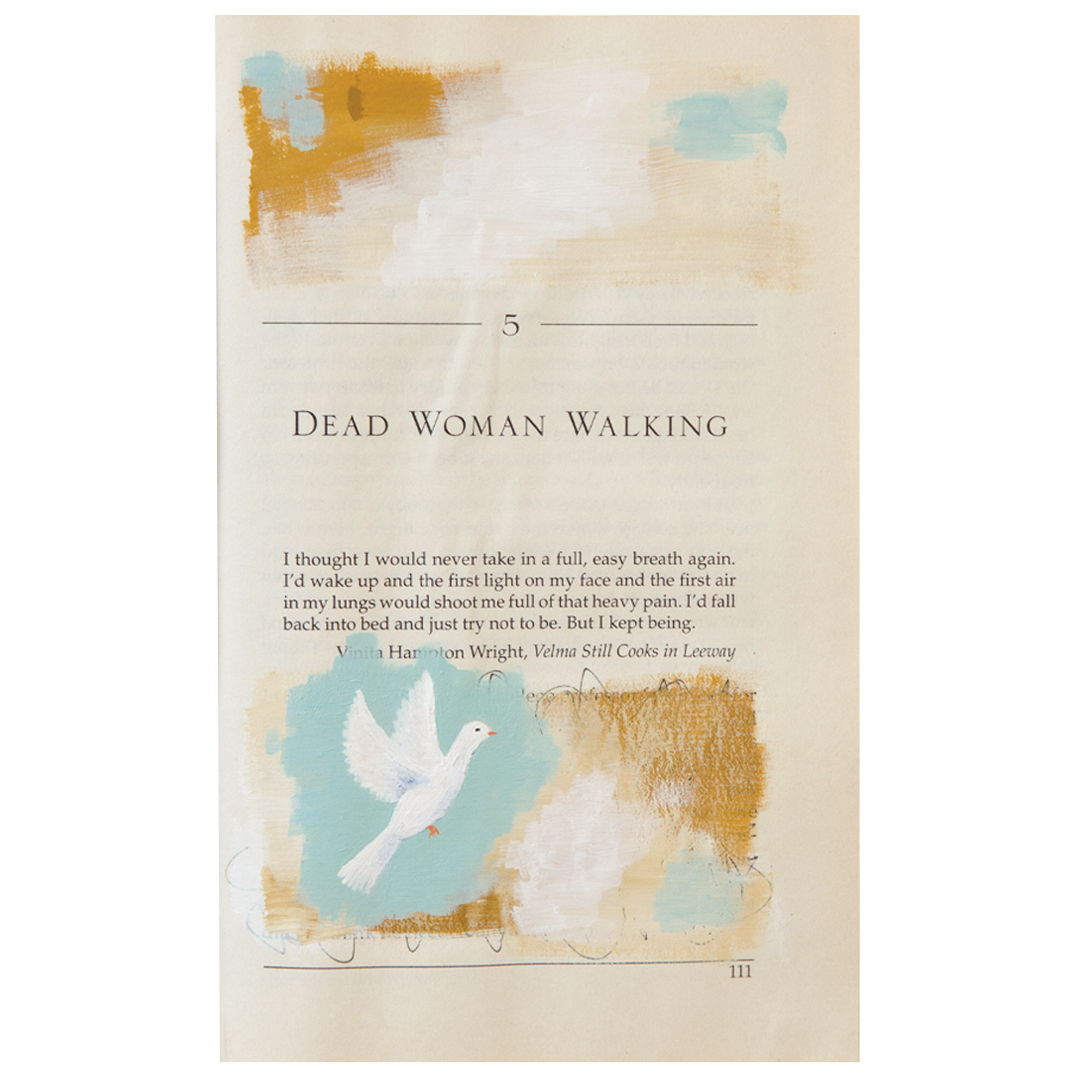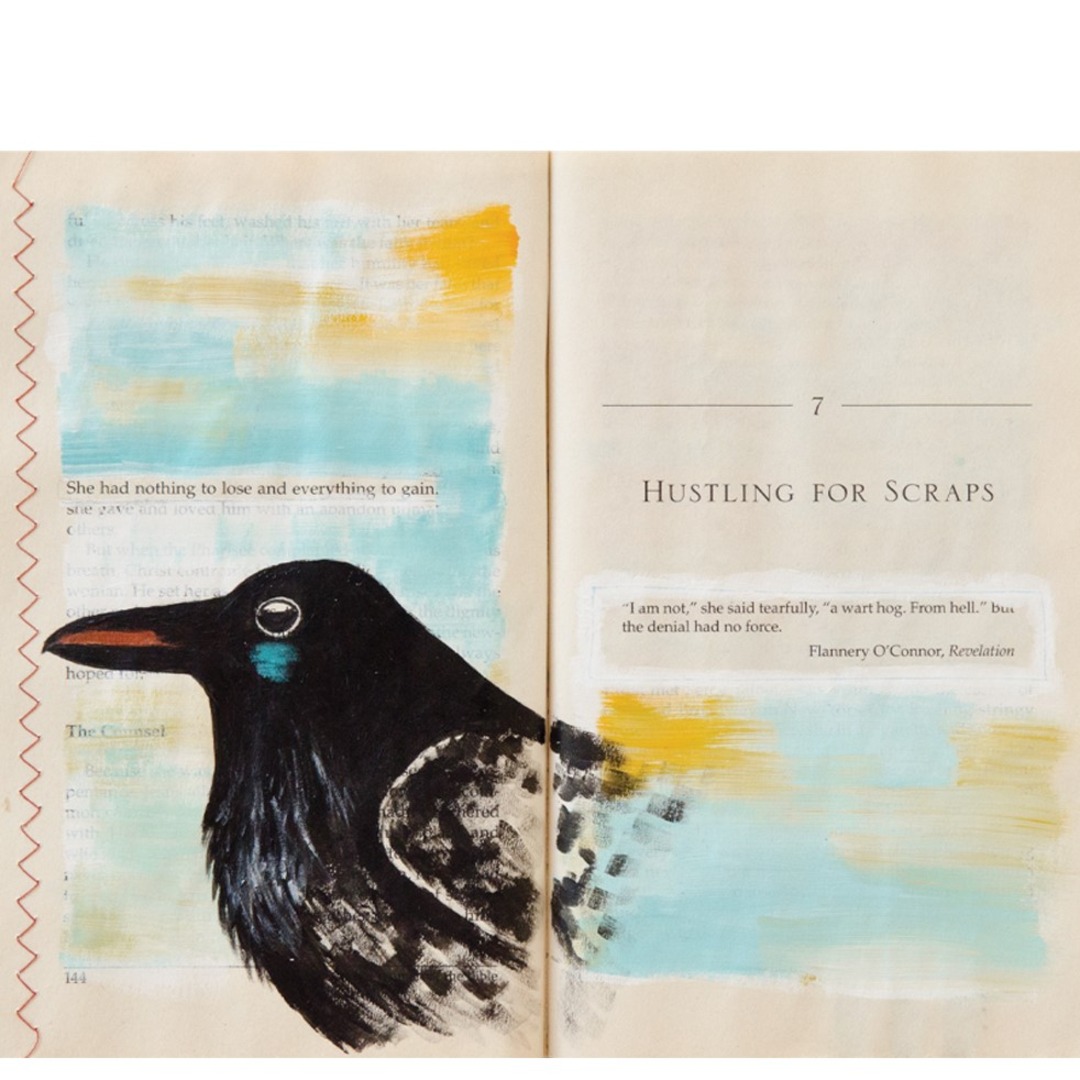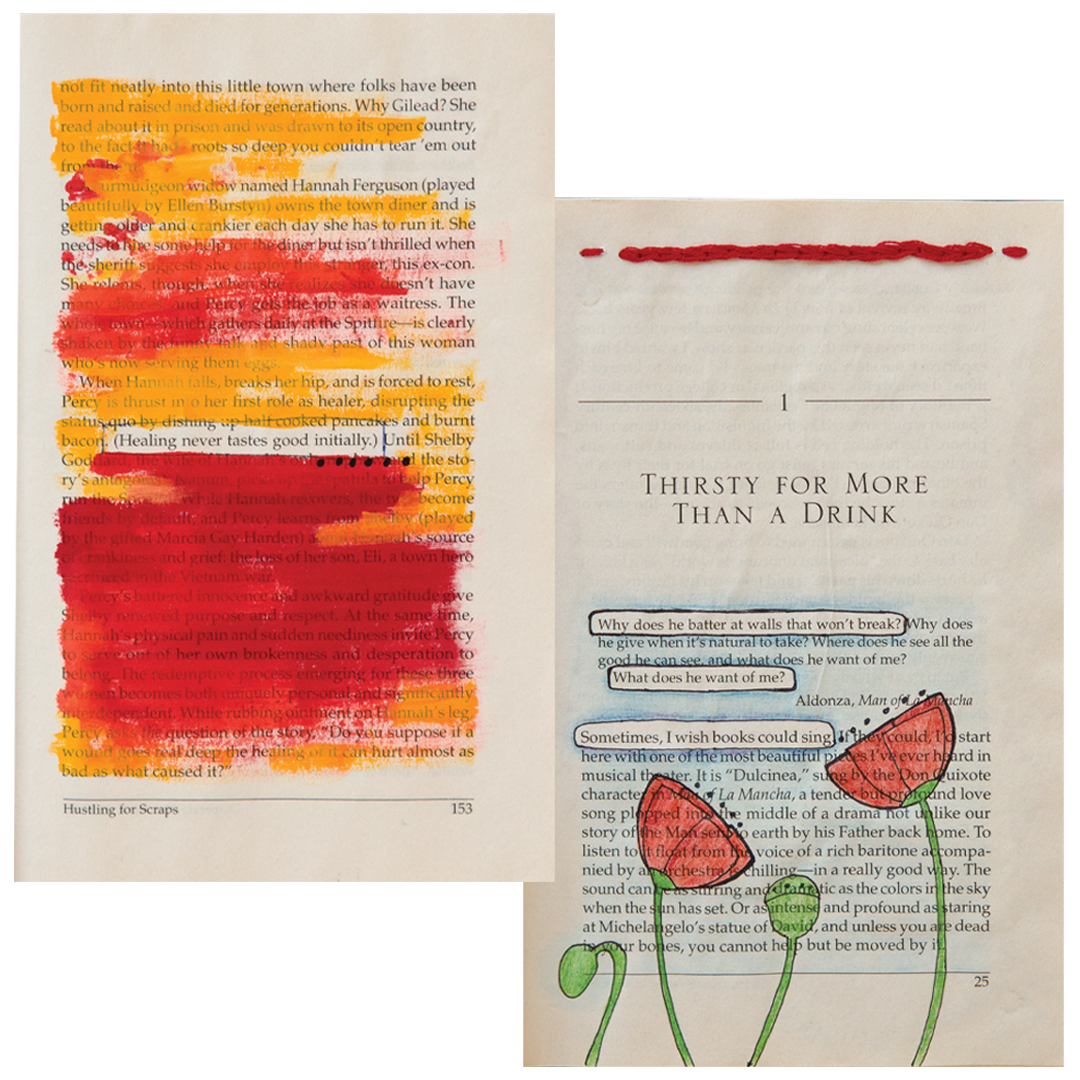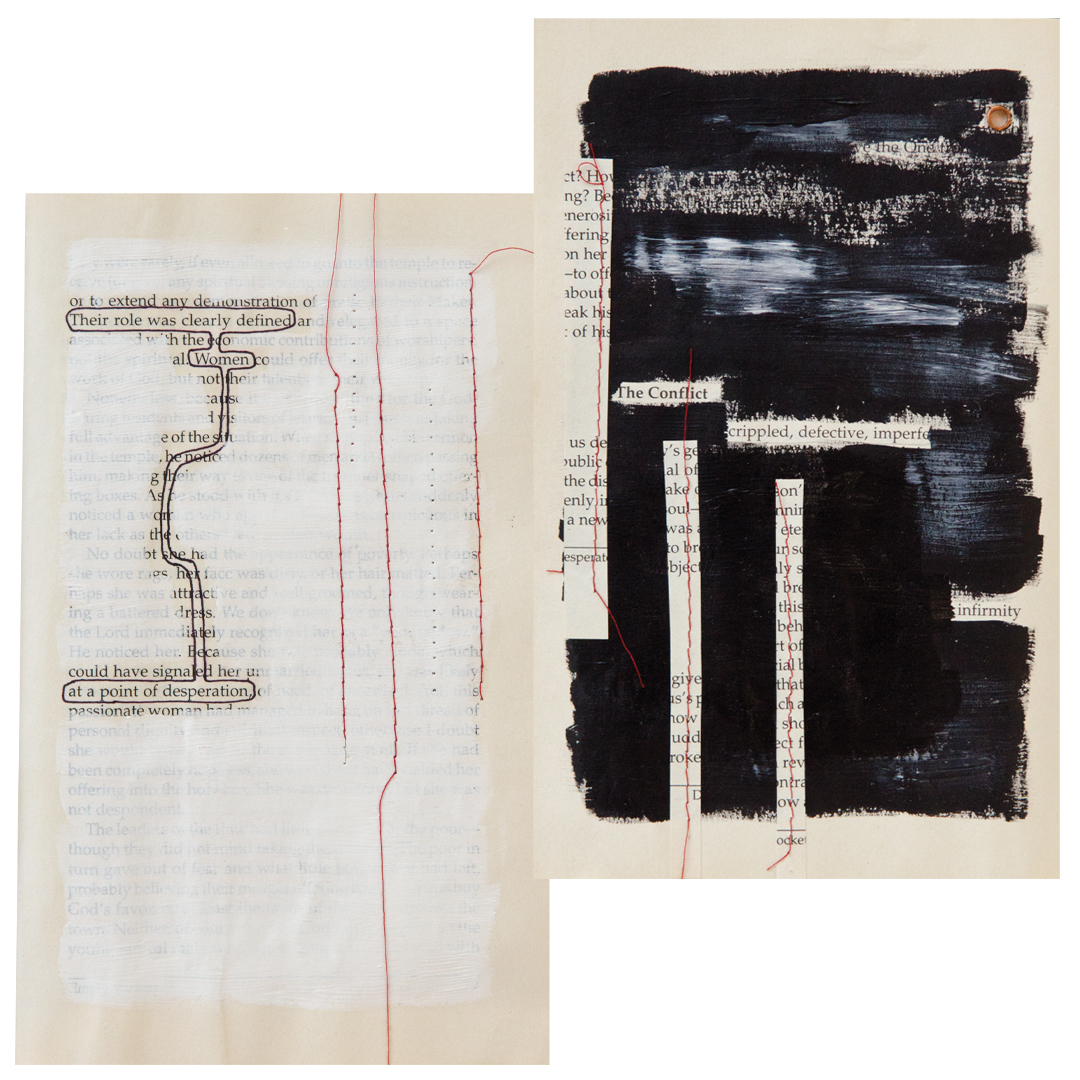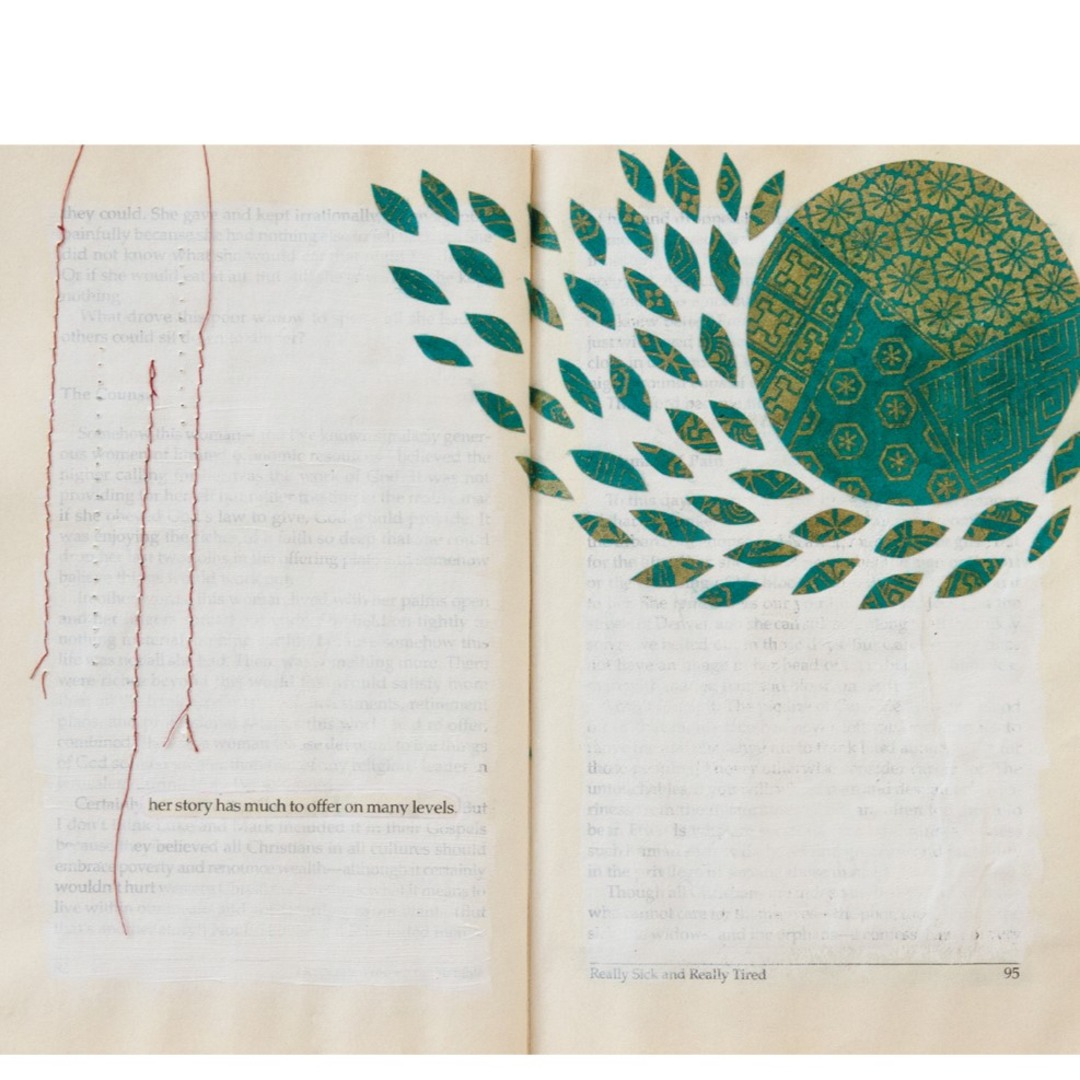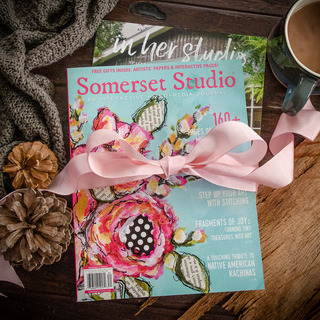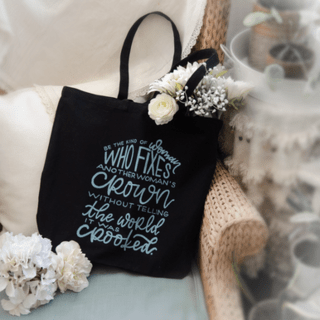
When the Political Feels Personal Altered Book Journal
Posted by Stampington & Company on May 14th 2024
We're thrilled to share an article by Ana Campos that was originally featured in Art Journaling Winter 2017 and now reformatted to fit this space. Enjoy!
Throughout my life, I have always kept an assortment of diaries and sketchbooks. I had precious diaries with tiny keys that I poured my heart into, and alongside these I kept very technical and rigid sketchbooks. The two never crossed paths, so it’s no surprise that I eventually found myself uninspired. My feelings felt completely disconnected from my artwork. It was only as an adult that I uncovered the world of art journaling, a space where heart and sketchbook could come together.
With this discovery I started a new journey, and my journals started feeling safer and became less censored, more honest. Illustration has always come easier to me than words, and by working in imagery instead, I felt many of my insecurities about journaling fading. I didn’t have to worry about what I was saying and how I was saying it.
ANA CAMPOS⎟ ART JOURNALING WINTER 2017
A Love of Books
I came to art journaling through book altering. After feeling stuck for so long, the first time I heard about altered books it felt like a new door to creativity had opened. I have always been a bookworm and have always treasured books. They’re precious objects to me. I read them with the utmost care, so carefully as to avoid creasing the spines. I took pride when a book I finished reading looked barely touched. Marred covers broke my heart.
The first time I gave myself permission to alter a book felt like a major shift in my life. It was completely liberating. To purposefully damage a book was an absolute change in the way I had always interacted with books. This shift in behavior also created a mental shift, which allowed my art to become more honest and free. These objects that had always been, and still are, so precious to me could be reconstructed into something that has meaning in my life in a completely new way.
ANA CAMPOS⎟ ART JOURNALING WINTER 2017
Redefining Art
Breaking through this personal barrier gave me the confidence to challenge my own definitions of art and to experiment with different techniques, such as bringing embroidery into my journaling. Since then, journaling has been a place where discomfort meets creative desire.
I use my art journals to work through complicated feelings, to sort out internal conflicts, and to gain understanding about issues I am experiencing. I allow myself to go to those difficult emotional places, and this fuels me to create art in an unrestricted way. I still prefer working in altered books than blank journals because it feels like starting from a more raw and honest place.
ANA CAMPOS⎟ ART JOURNALING WINTER 2017
Exploring Feminism
Some of my journals can take years to complete, but this journal happened in a flurry of emotion, completed in just a few weeks, and none of my other journals have been so steeped in controversy and internal conflict. This journal was a reaction to the political climate that started brewing a couple of years ago. There were so many things happening in the public and political realms regarding gender struggles, and I was profoundly affected by them. The initial catalyst was an online movement that was questioning the validity of the feminist movement, in which several women came forward to say that feminism was no longer needed. As someone who has been very vocal about and heavily involved in conversations about gender equality and the empowerment of women, this shook me to my core. My art journaling practice became a way to work through the many complicated thoughts and feelings. I felt as if I was suffocating in politics and internal conflict, and this journal was how I coped.
ANA CAMPOS⎟ ART JOURNALING WINTER 2017
The process led me to research the history of the feminist movement, and it felt important to honor and acknowledge the work done by generations of women before us — those who made it possible for women to have a voice today. This journal became about appreciating the efforts made by all those women, while also recognizing that there is so much work to still be done today. There is a lot of emotion and hurt in this journal. Alongside the historical images are delicate images of plants and flowers, and it’s almost incongruous. It reflects the heart of this project, which is my internal struggle: my constant desire to fight for the equality and empowerment of women, my self-identification as a feminist, along with a recognition of how loaded this word is. It is hard to call oneself a feminist today, but it also feels important to hold on to this word, to remember everything that has happened, and to appreciate the strides we have made while continuing to push for progress.
ANA CAMPOS⎟ ART JOURNALING WINTER 2017
Looking to History
This journal was a combination of acrylic painting, drawing, collage, and embroidery. I have always worked in a variety of media and try to bring this into my journaling practice. I am a prolific knitter and dabble in sewing, weaving, and embroidering. I enjoy exploring the lines between fine arts and crafts, and finding ways to bring the two together. In this project, I specifically chose to incorporate in embroidery because it has been perceived as a woman’s craft, and is closely linked to notions of femininity and domesticity. The juxtaposition of this craft and historic images of feminist struggles was a way to capture my own complicated feelings about gender politics. There has long been a gendered element to the separation between fine arts and crafting, and blurring this line was another way to explore gender gaps.
Tips
- Using colored pencils on existing book pages creates a lovely transparent effect because colored pencils are not opaque. Using both colored pencils and acrylic paint in the same journal creates an interesting juxtaposition of opacity and transparency.
- Use a combination of machine-sewing and hand-stitching for different embroidered effects on paper. When hand stitching, vary the number of threads of embroidery floss to achieve different thicknesses.
- Sewing requires a sturdy surface, so you may need to glue a couple of pages together before stitching to keep your paper from tearing.
- Sewing can be more than an embellishment. Use sewing as a way to attach ephemera to your journal instead of an adhesive.
Explore more of Ana's artwork in Art Journaling Winter 2017.


